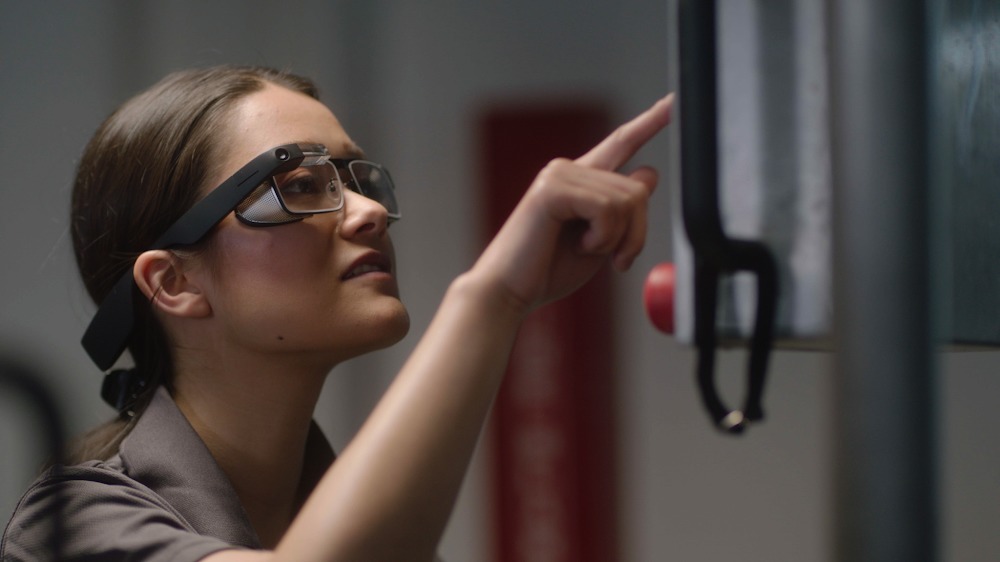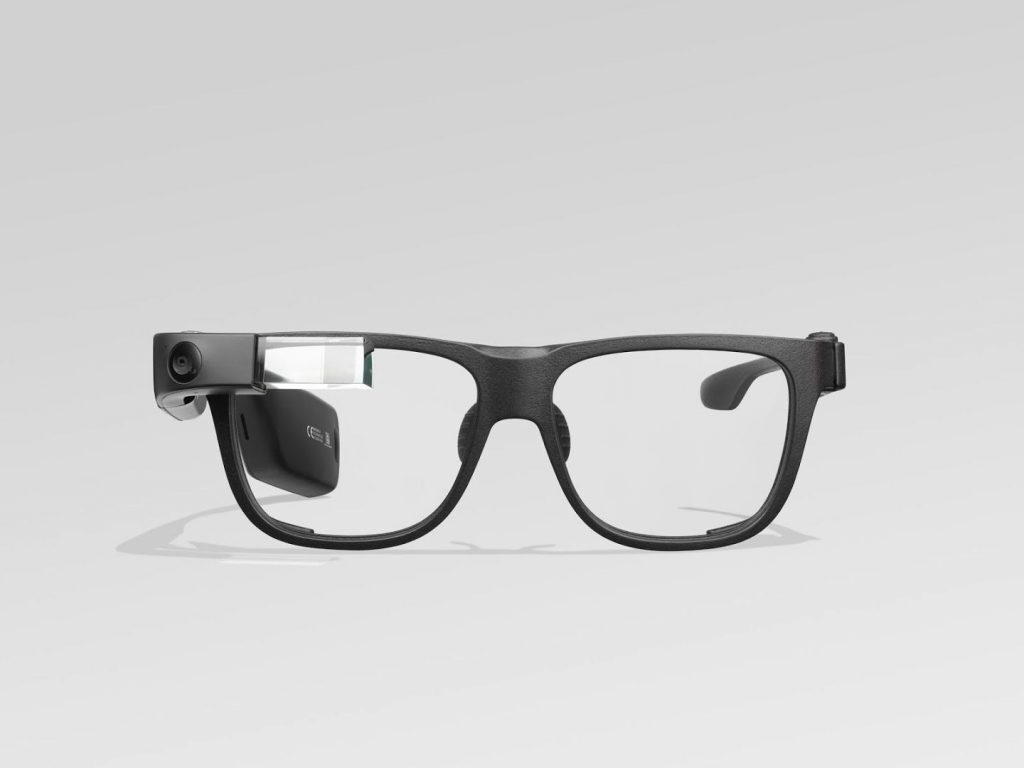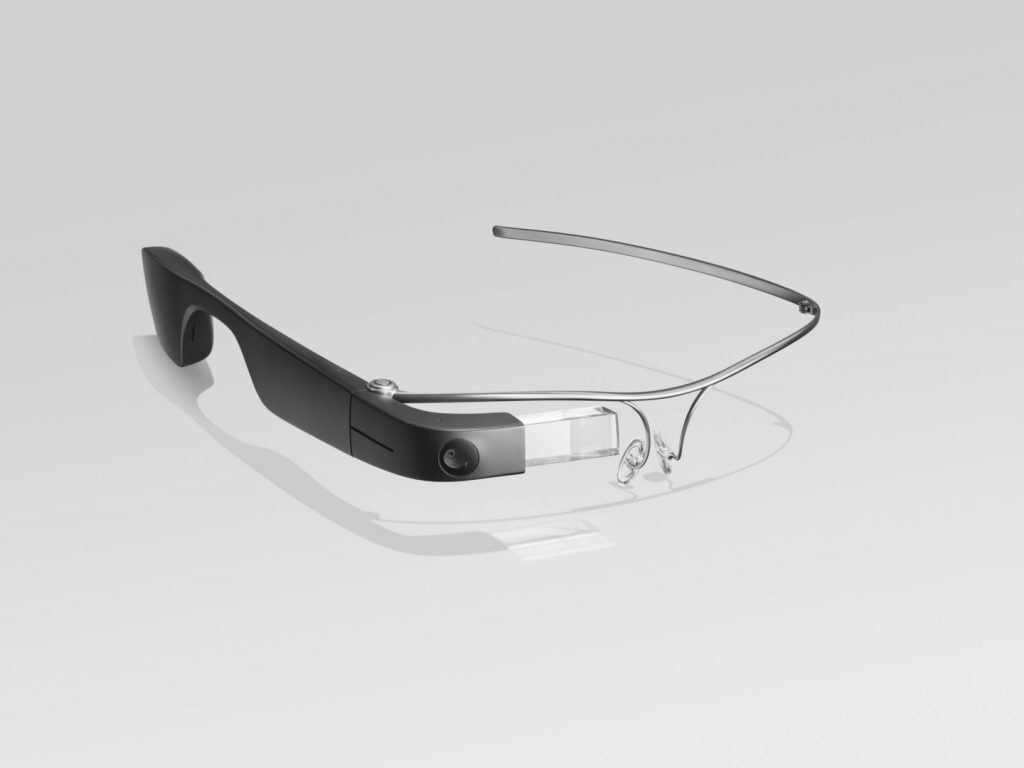Talk about an unexpected comeback. Google’s Glass, those augmented reality specs that we were convinced had fallen off the map in 2015, have returned. And, like all good sequels, they’re better than ever in addition to being back. Meet the redesigned (and ponderously named) Google Glass Enterprise Edition 2. Catchy, yeah?
It turns out that Glass wasn’t dead, it was just sleeping. Or rather, it was being used in industry under the title Glass Enterprise Edition — hence the lengthy new title. Google details the Glass Enterprise Edition 2 in a blog post, outlining how the wearable tech has been improved over its predecessor.
Yo dawg, we heard you like specs…
Google’s provided a whole spec-list for the Enterprise Edition 2 and these glasses are quite… buff, for something as small as this. It’s not often that we get to go into the specs for a pair of specs, so this is a special day for us. The Android Oreo-based eyewear runs a 1.7GHz Qualcomm processor, built using a 10nm process. There’s 3GB of RAM and 32GB of storage inside, and support for Bluetooth 5 and 802.11ac wireless. It should be speedy if nothing else.
There’s also an 8MP camera, three beam-forming mics for issuing voice commands and making calls, a 640 x 360 Optical Display Module (that tiny li’l screen), and an 820mAh battery. It’s also rocking USB-C for charging and other connections, and Google’s boasting of a range of design improvements. Glass is basically a cellular phone — there’s also a six-axis accelerometer/gyroscope and the whole thing weighs in at just 46 grams. Plus the weight of the glasses you fit them to, we assume. If that is, you actually connect them to a set of specs. Not everyone needs those, you see.
Google’s given these things a $999 price tag, which is a little shy of R14,500 here at home. But since it’s a) a Google product and b) a Google Enterprise product, you’re really not going to be able to buy one in SA. Still, it’s good to know that the search giant hasn’t given up on what was actually a very interesting product. Now, if we could just secure a pair for testing…
Source: Google via Ars Technica






